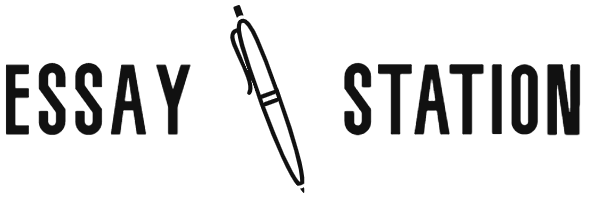
If you’re unsure about how to write an ethnographic essay, you can follow these basic steps. They include the Methodology, Outline, Data collection, and Revision assignment. When you’re finished, you should be able to write a professional-looking ethnographic essay that will get you the highest grades in your class. Listed below are the steps to follow to make this assignment a success. If you’d like to learn more about ethnography, read on.
Methodology
Writing an ethnographic essay requires you to follow a process. There are three key steps that will help you produce a high-quality piece of writing: gathering data, conducting interviews, and composing an outline. While conducting the research, your outline can serve as a guide for your writing. You can follow the steps in the outline to ensure that you stay on track and on topic. It also helps you engage people and organize your experiences. It can also help you to streamline your writing.
The first step in ethnography is to conduct research. You need to conduct interviews, observations, and direct interaction with your subject population. You can then use these experiences to create an explanatory framework for your findings. Once you have gathered sufficient data, you will need to analyze the findings to create a theory. Your theory is not intended to predict or determine the outcome of your study, but to provide a context for events, conversations, and phenomena you observed. It is important to note that theories are only suggestions and must be tested against the data.
Outline
Outline an ethnographic essay by following the steps outlined below. The body should be informative and provide a clear description of what you observed, studied, or learned. In the conclusion, discuss the cultural aspects of your subject and conclude with any remaining questions. Finally, consider the impact your research will have on the readers. Outline an ethnographic essay and follow the steps outlined above to make it a success. This paper should include all the essential elements, so it is important to follow these steps carefully.
First, conduct a literature review. This step helps you analyze previous research on the theme of your ethnography paper and gives credibility to your research. It also provides the background for your argument. Include between three and five scholarly articles that provide background information about your topic. Next, you should analyze the research methods and data analysis techniques of previous ethnographers. This part will give your audience an understanding of the reliability of your data and how it was obtained.
Data collection
A writer of an ethnographic essay explains the practices, traditions, and cultural aspects of a group by using scholarly research. To avoid misunderstandings about the research, the writer should list down the limitations of the study, and it is important to cite past works. While scholarly research may not be completely correct, it will help the reader understand how their research compares to other studies. By writing about your research, you will be able to convince readers of its value and make them want to read more.
The first thing to do when writing an ethnographic essay is to think about the causes of the phenomenon you are studying. Often, human populations are self-regulating. Immigration, poverty, or the sudden removal of a threatening factor can lead to overpopulation. When identifying the causes of the phenomenon, you can link them together and introduce a structural element to your essay. The relationships between the causes will help you come up with ideas to write your essay.
Revision assignment
Revision is an important part of writing an ethnographic essay. If you haven’t yet worked with your sources, it’s a great idea to do so before you submit the final paper. In addition, revision will help you strengthen your argumentative skills and develop the skills necessary to argue effectively with your sources. After all, you’re writing for a professor, not a grader. You should be aware of the rhetorical purposes of each source, and how to use the information you gather to make a compelling argument.
Revision should also include analyzing the literature. In a literature review, you analyze past studies on your research theme to understand how yours relates to their findings. The purpose of this step is to determine if your research supports the goals of your assignment, and if the suggestions made by your readers are relevant to your audience. Use these standards to decide whether to accept or reject revision feedback. There are many resources available to help you overcome common writing obstacles.
Research questions
When writing an ethnographic essay, it is essential to formulate a specific research question and hypotheses. These questions should not be generic, but should be one claim that supports your findings. In addition, you should also be sure to use qualitative data collection techniques, such as photography, video, and artifacts. The literature review should be between one and five research articles. Once you’ve written your research question and hypotheses, you’ll need to collect data.
A good starting point for your essay is to consider the causes of the phenomenon. For example, overpopulation is a result of immigration, poverty, or the sudden removal of a threatening element. After defining the causes of the phenomenon, you can link them in a chronological manner to introduce structure to the essay. Lastly, you can develop your topic through relationships. For example, you could write an ethnographic essay about the relationship between a male-dominant culture and a female-dominated culture.
